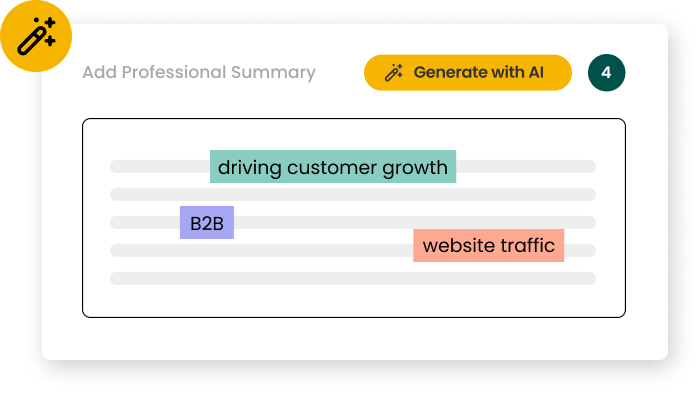How long should I make my Software Analyst resume?
For a Software Analyst resume in 2025, aim for one to two pages. This length allows you to showcase your technical skills, project experience, and analytical capabilities without overwhelming recruiters. Prioritize recent, relevant experiences and quantify your achievements. Use concise bullet points to highlight your expertise in software analysis, requirements gathering, and data interpretation, ensuring every word contributes to demonstrating your value as a Software Analyst.
A hybrid format works best for Software Analyst resumes, combining chronological work history with a skills-based approach. This format effectively showcases your technical proficiencies and project experiences. Include sections for technical skills, work experience, education, and relevant projects. Use a clean, professional layout with consistent formatting. Highlight key software analysis tools and methodologies you've mastered, and ensure your resume is ATS-friendly by using industry-standard terminology.
What certifications should I include on my Software Analyst resume?
Key certifications for Software Analysts in 2025 include IIBA-CBAP (Certified Business Analysis Professional), PMI-PBA (Professional in Business Analysis), and IREB CPRE (Certified Professional for Requirements Engineering). These certifications validate your expertise in business analysis, requirements management, and software development methodologies. List certifications in a dedicated section, including the certification name, issuing organization, and date of acquisition. Prioritize certifications most relevant to your target Software Analyst positions.
What are the most common mistakes to avoid on a Software Analyst resume?
Common mistakes in Software Analyst resumes include overemphasizing technical skills without demonstrating analytical capabilities, neglecting to showcase problem-solving experiences, and failing to quantify project impacts. Avoid these by balancing technical proficiencies with examples of how you've applied analytical skills to solve business problems. Use metrics to illustrate the impact of your work, such as efficiency improvements or cost savings. Lastly, tailor your resume to each job description, aligning your experiences with the specific requirements of the Software Analyst role you're applying for.
